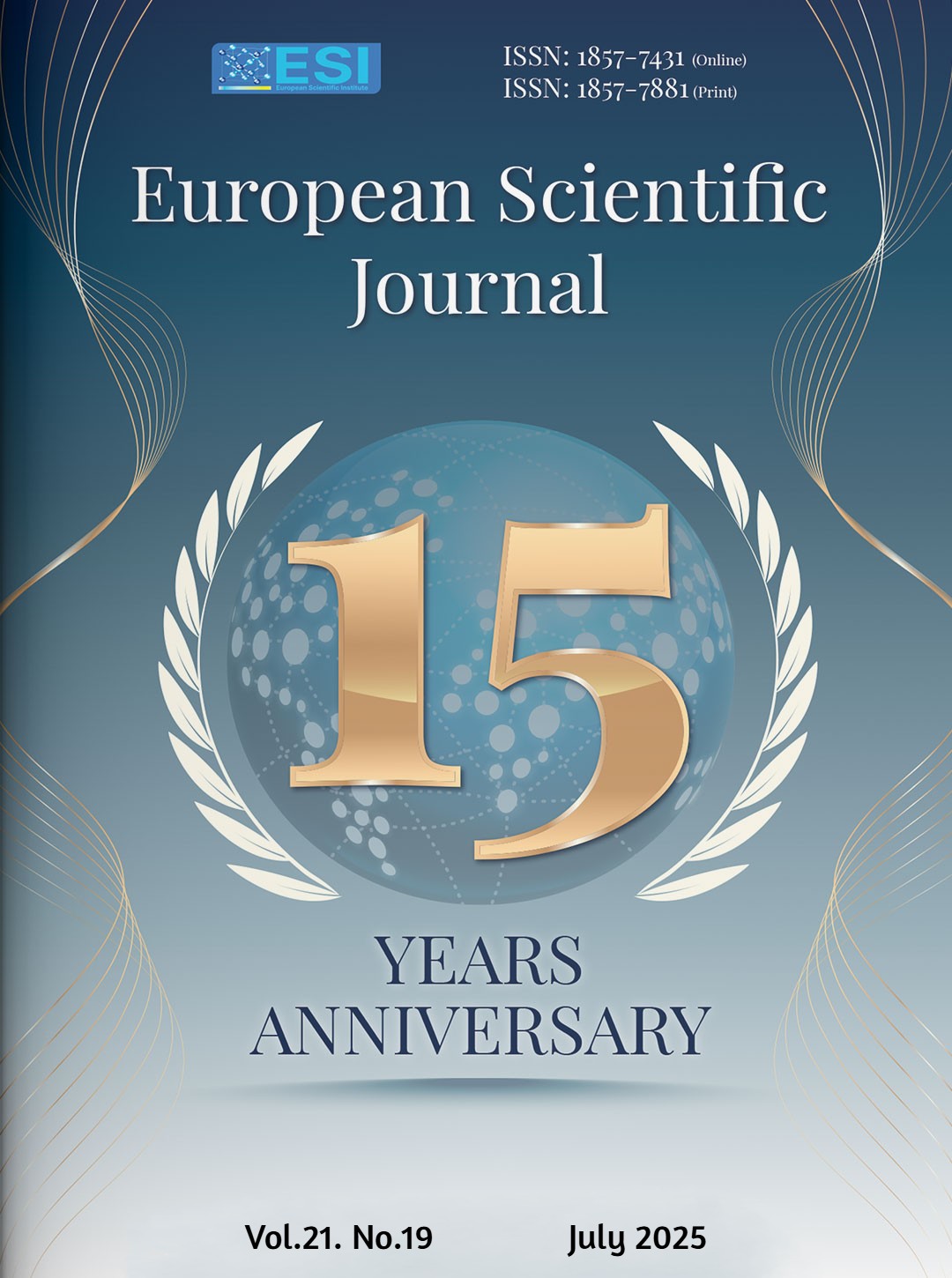Dance and social engagement in motion: An Emotional Text Mining analysis
Abstract
This study explores the intersection between emotions, collective action and artistic expression, highlighting the role of dance as expressive language through which affective experiences are socially and politically articulated. In particular, it seeks to understand how performative art, particularly dance, is communicated and perceived as a means of political and social engagement. The research combines sociological theory with computational text analysis, adopting an Emotional Text Mining methodology implemented via T-Lab software. The analysis focuses on a corpus of 50 performance synopses produced by three Italian art collectives (De Anima Movement, Spellbound Contemporary Ballet and Compagnia Zappalà Danza) between January 1, 2023, and March 31, 2025. Using a hybrid clustering approach (Ward + K-Means), the study identifies recurrent emotional themes and symbolic patterns in artistic discourse. Semantic saturation and thematic density guided the validity of results, while statistical metrics confirmed corpus adequacy. Findings confirm that embodied artistic practices are communicated and perceived by these activists as a means of political and social mobilization. They are not viewed only as aesthetic expressions, but as emotional catalysts, capable of instigating a change, transforming individual affect into shared meaning.
Downloads
Metrics
PlumX Statistics
References
2. Behrens, S. (2024). The Weight of Emotions: Exploring How Young Activists Feel About Their Identity, Agency and Political Participation. YOUNG, 32(5), 508-530. https://doi.org/10.1177/11033088241254247
3. Bourdieu, P. (1985). The forms of capital. In J. G. Richardson (Ed.), Handbook of theory and research for the sociology of education (pp. 241–258). New York: Greenwood.
4. Campbell, H. (2022). Hip hop as critical pedagogy: Re-Imagining education. Canadian Journal for New Scholars in Education/Revue canadienne des jeunes chercheures et chercheurs en éducation, 13(3).
5. Clauset, A., Shalizi, C. R., & Newman, M. E. (2009). Power-law distributions in empirical data. SIAM review, 51(4), 661-703. https://doi.org/10.1137/07071011
6. Cordella, B., Greco, F., & Raso, A. (2014). Lavorare con corpus di piccole dimensioni in psicologia clinica: Una proposta per la preparazione e l’analisi dei dati. Actes JADT, 173-184.
7. Daher L. M., Mavica G., Scieri A., Cappello N. (2022). Immaginare, esprimersi, opporsi. La creatività dei giovani nell’azione collettiva, in S. Leone & M. Della Mura (Eds.), Creare società. Approcci e contesti di youth work e agire creativo (pp. 64–82). FrancoAngeli.
8. Derkach, E. M. (2022). Emotion and social movements. In The Wiley‐Blackwell Encyclopedia of Social and Political Movements (pp. 1–6). https://doi.org/10.1002/9780470674871.wbespm433.pub2
9. Duncombe S. & Harrebye S. (2022). The Copenhagen Experiment: testing the effectiveness of creative vs. conventional forms of activism. Social Movement Studies, 21(6), 741–765. https://doi.org/10.1080/14742837.2021.1967125
10. Durnová, A., & Karell, D. (2023). Emotions and the ‘truths’ of contentious politics: Advances in research on emotions, knowledge and contemporary contentious politics. Emotions and Society. https://doi.org/10.1332/26316897y2023d000000004
11. Emirbayer, M., & Goldberg, C. A. (2005). Pragmatism, Bourdieu, and collective emotions in contentious politics. Theory and Society, 34(5–6), 469–518. https://doi.org/10.1007/s11186-005-1619-x
12. Escobar, L. M. (2024). Danser la lutte : féminisme et activisme dans la circulation transnationale d’ Un violador en tu camino. Communications, 115(2), 93–104. https://doi.org/10.3917/commu.115.0093
13. Eyerman, R. (2002). Music in movement: Cultural politics and old and new social movements. Qualitative Sociology, 25(3), 443–458. https://doi.org/10.1023/A:1016042215533
14. Farro A.L. & Maddanu S. (2019), Occupying the city: From social housing to the theatre. In Youth and the Politics of the Present, (pp. 141–152). Routledge.
15. Giuliano, L., & La Rocca, G. (2010). Analisi automatica e semi-automatica dei dati testuali (Vol. 2). Milano: LED.
16. Greco, F. (2016). Integrare la disabilità: Una metodologia interdisciplinare per leggere il cambiamento culturale. Milano: FrancoAngeli
17. Greco, F., & Polli, A. (2021). Security Perception and People Well-Being. Social Indicator Research, 153(2), 741-758. https://doi.org/10.1007/s11205-020-02341-8
18. Jasper, J. M. (2018). The emotions of protest. Chicago: University of Chicago Press. https://doi.org/10.7208/chicago/9780226561813.001.0001
19. Le Bon, G. (1895). The crowd: A study of the popular mind (T. Fisher Unwin, Trans., 2009 ed.). https://www.files.ethz.ch/isn/125518/1414_LeBon.pdf
20. Melucci, A. (1996). Challenging codes: Collective action in the information age. Cambridge: Cambridge University Press.
21. Mills, D. (2021). Dance and activism. London: Bloomsbury Publishing. https://digital.casalini.it/9781350137028
22. Parkes, N., & Pruitt, L. (2025). Youth Choreographing Peace: Dance in and Beyond the Refugee Camp. Journal of Peacebuilding & Development, 20(1), 38-53. https://doi.org/10.1177/15423166241293857
23. Shapiro, S. B. (2016). Dance as activism: The power to envision, move and change. Dance Research Aotearoa, 4(1), 3–33. https://doi.org/10.15663/dra.v4i1.53
24. Suesca Carreño, M. F., Romo Muñoz, L., & Ibarra Padilla, A. M. (2020). Movimientos sociales : El papel de las emociones y los derechos humanos en la transformación del derecho local e internacional. Análisis Político, 33(98), 210–225. https://doi.org/10.15446/anpol.v33n98.89418
25. Tijoux M. E., Facuse M., & Urrutia M. (2012). El Hip Hop: ¿Arte popular de lo cotidiano o resistencia táctica a la marginación? Polis (Santiago), 11 (33), 429-450. https://doi.org/10.4067/s0718-65682012000300021
Copyright (c) 2025 Gabriele Caruso, Carlotta Bonta

This work is licensed under a Creative Commons Attribution 4.0 International License.








